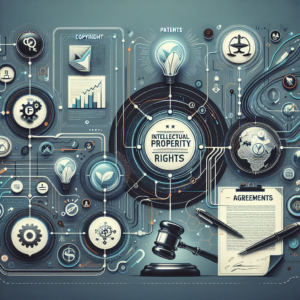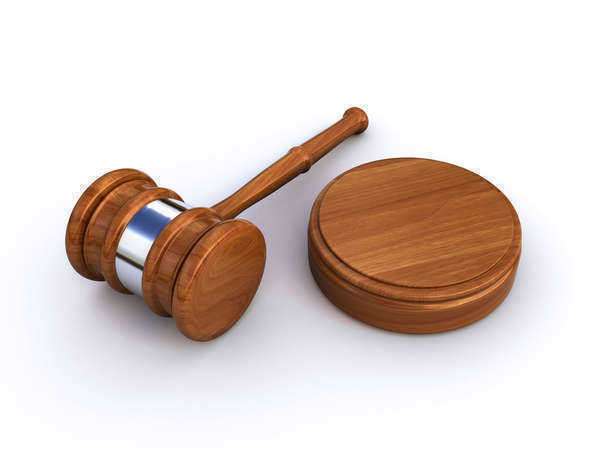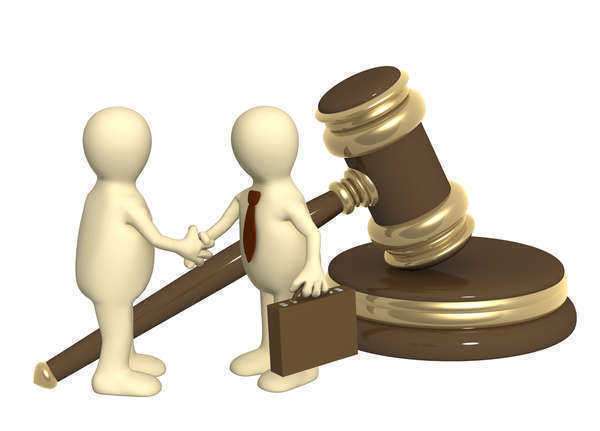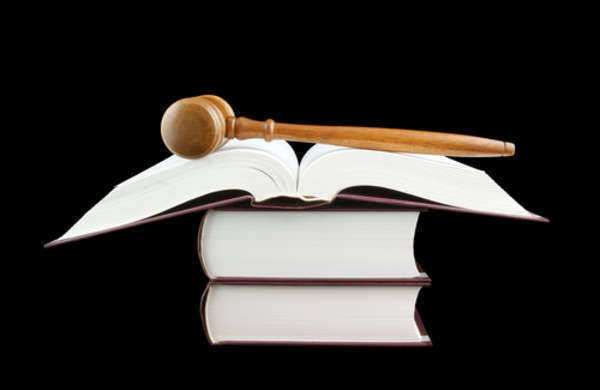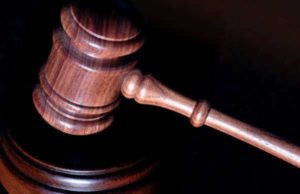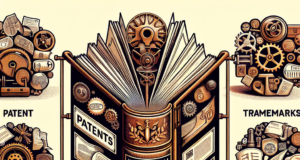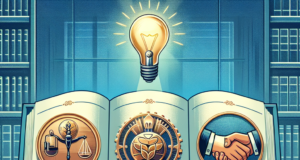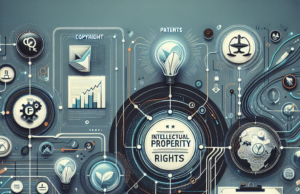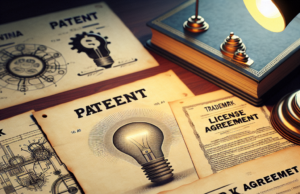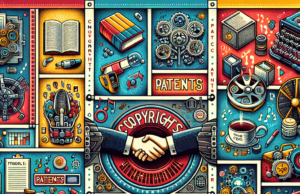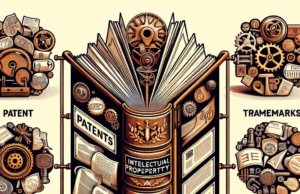Unraveling the Chaos: The Shocking Truth Behind Music Rights Disputes

In an era where music is more accessible than ever, the complexities surrounding music rights have become increasingly pronounced. As artists, producers, and record labels navigate the intricate web of ownership and licensing, disputes have emerged as a common and often contentious issue. This article delves into the multifaceted world of music rights disputes, exploring their historical context, key players, common causes, legal frameworks, and future outlooks.
Understanding Music Rights: An Overview of Ownership and Licensing Issues
Music rights encompass a range of legal entitlements that govern the use and distribution of musical works. These rights can be broadly categorized into two main types: performance rights and mechanical rights. Performance rights allow artists and songwriters to earn royalties when their music is played publicly, while mechanical rights pertain to the reproduction of music in physical or digital formats. The ownership of these rights can be complex, often involving multiple stakeholders, including songwriters, publishers, record labels, and performing rights organizations (PROs). The lack of clarity in ownership and licensing agreements frequently leads to disputes, as parties may have differing interpretations of their rights and obligations.
The Historical Context: How Music Rights Disputes Evolved Over Time
The landscape of music rights has undergone significant transformation since the advent of recorded music in the late 19th century. Initially, music was primarily disseminated through live performances, with little emphasis on copyright. However, the introduction of recording technology prompted the establishment of copyright laws to protect the interests of creators. The Copyright Act of 1976 in the United States marked a pivotal moment, extending protections to sound recordings and establishing a framework for licensing. Over the decades, as the music industry evolved with the rise of digital platforms, disputes over rights have intensified, particularly concerning the fair compensation of artists in an increasingly complex digital marketplace.
Key Players in the Industry: Who Holds the Power in Music Rights Management?
The music rights landscape is populated by various key players, each wielding significant influence over the management and distribution of music rights. At the forefront are music publishers, who represent songwriters and manage the licensing of their compositions. Record labels, on the other hand, control the sound recordings and often negotiate distribution deals. Performing rights organizations, such as ASCAP and BMI, play a crucial role in collecting and distributing performance royalties. Additionally, digital streaming platforms like Spotify and Apple Music have emerged as powerful entities, shaping the way music is consumed and monetized. The interplay between these stakeholders can lead to conflicts, particularly when interests diverge regarding revenue sharing and rights management.
Common Causes of Disputes: Analyzing the Factors Behind Music Rights Conflicts
Disputes over music rights often arise from a variety of factors, including unclear contracts, miscommunication, and the rapid evolution of technology. One common source of conflict is the ambiguity surrounding ownership rights, particularly in collaborative works where multiple parties contribute. Additionally, the rise of user-generated content on platforms like YouTube has complicated the landscape, as creators may inadvertently infringe on copyright without understanding the implications. Furthermore, the disparity in revenue distribution between artists and streaming services has sparked debates over fair compensation, leading to heightened tensions within the industry. These factors, combined with the lack of standardized practices, contribute to the ongoing chaos surrounding music rights.
Legal Framework: Navigating Copyright Laws and Their Impact on Music Rights
The legal framework governing music rights is primarily rooted in copyright law, which varies by jurisdiction but generally aims to protect the rights of creators while promoting public access to creative works. In the United States, the Copyright Act provides a foundation for music rights, outlining the rights of authors and the duration of copyright protection. However, the rapid pace of technological change has outstripped existing laws, leading to calls for reform. Issues such as the “mechanical royalty rate” and the treatment of digital streaming under copyright law remain contentious, as stakeholders advocate for changes that reflect the realities of the modern music industry. Navigating this legal landscape requires a nuanced understanding of both domestic and international copyright laws, as disputes often cross borders.
Future Outlook: Trends and Solutions for Resolving Music Rights Disputes
As the music industry continues to evolve, several trends and potential solutions are emerging to address the ongoing challenges of music rights disputes. One promising development is the increasing use of blockchain technology, which offers a transparent and decentralized method for tracking ownership and licensing agreements. This could streamline the process of royalty distribution and reduce disputes over rights. Additionally, there is a growing emphasis on education and awareness among artists regarding their rights and the complexities of licensing. Industry stakeholders are also advocating for more equitable revenue-sharing models, particularly in the context of streaming services. As these trends gain traction, the hope is that they will foster a more collaborative and transparent environment, ultimately reducing the chaos surrounding music rights.
In conclusion, the world of music rights disputes is a complex and evolving landscape that reflects broader changes in the music industry. Understanding the intricacies of ownership, the historical context, and the key players involved is essential for navigating this challenging terrain. As technology continues to reshape the way music is created, distributed, and consumed, the need for clear legal frameworks and equitable solutions becomes increasingly urgent. By addressing the root causes of disputes and embracing innovative approaches, the industry can work towards a more harmonious future for all stakeholders involved.



